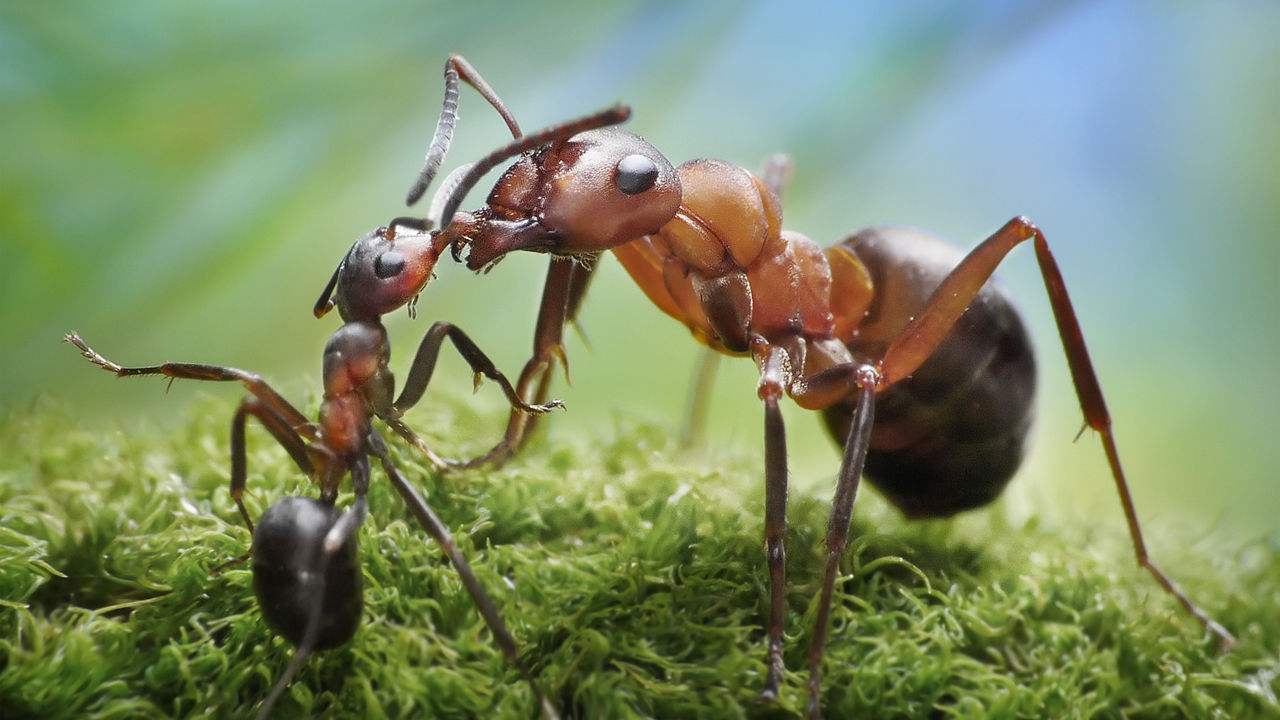Liquids shared mouth-to-mouth by social insects contain proteins and small molecules that can influence the development and organisation of their colonies, according to new findings published in eLife.
The study from the University of Lausanne, Switzerland, suggests Florida carpenter ants can collectively influence their communities by shifting the cocktail of proteins, hormones and other small molecules that they pass mouth-to-mouth to one another and their young through a process called trophallaxis.
Food is passed to every adult and developing ant by trophallaxis. This creates a network of interactions linking every member of the colony.
A lot of researchers consider trophallaxis only as a means of food-sharing. But trophallaxis occurs in other contexts, such as when an ant is reunited with a nest-mate after isolation. Trophallaxis contains molecules that allow ants to pass other chemical messages to each other, and not just food.
To see what effect this hormone has on the growth of larvae fed by trophallaxis, the scientists added it to the food of larvae-rearing ants and discovered that the hormone made it twice as likely that the larvae would survive to reach adulthood.
This indicates that juvenile hormone and other molecules transferred mouth-to-mouth over this social network could be used by the ants to collectively decide how their colony develops.
So, when the ants feed their larvae, they aren't just feeding them food, they are casting quantitative ballots for their colony, administering different amounts of growth-promoting components to influence the next generation.
"The effects of juvenile hormone that we see are consistent with previous studies in other ants and in bees where larvae treated with an analogue of this hormone tend to develop into larger workers and even queens."
Along with growth proteins and juvenile hormone, the team also identified small molecules and chemical signals in the carpenter ants' trophallactic liquid that help them recognize their nest-mates. They demonstrated for the first time the presence of chemical cues in the fluid that are known to be important in providing ants with a colony-specific odour that allows them to distinguish family from non-family members.
